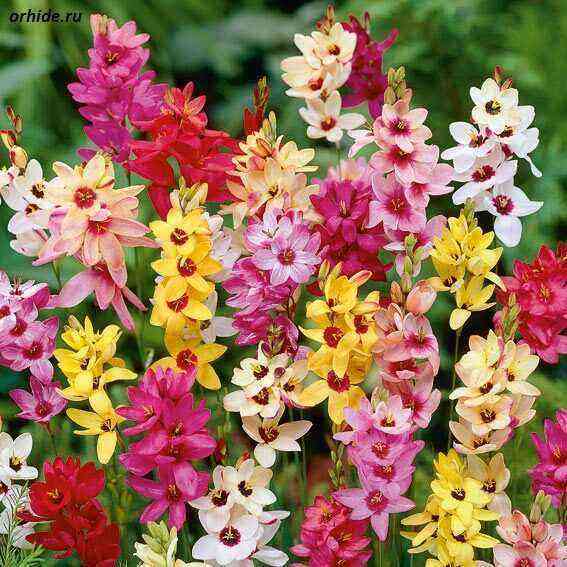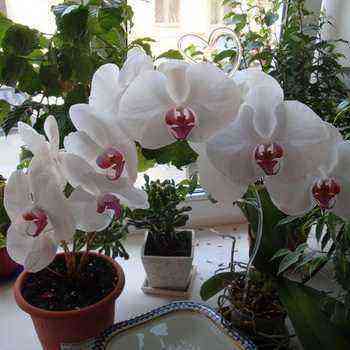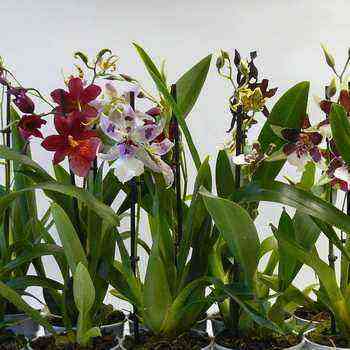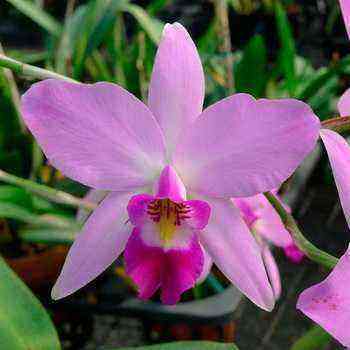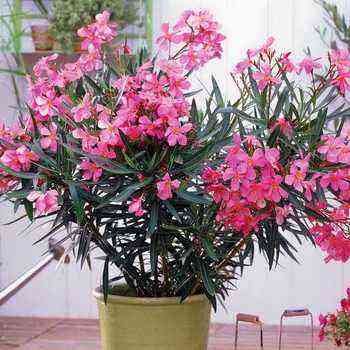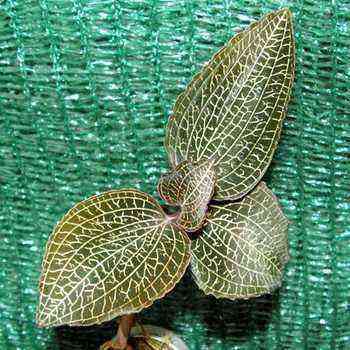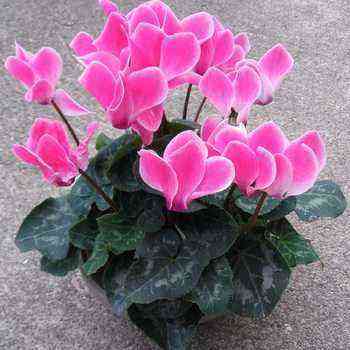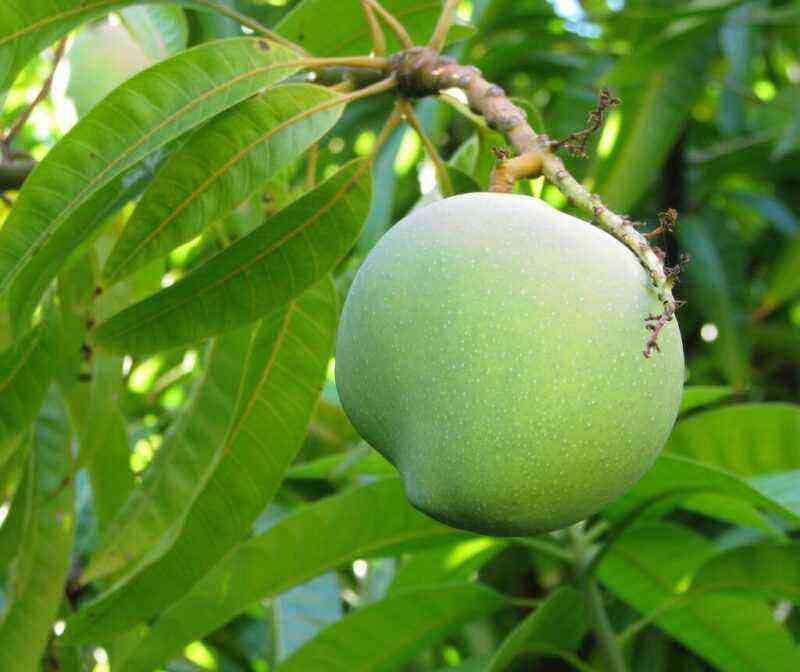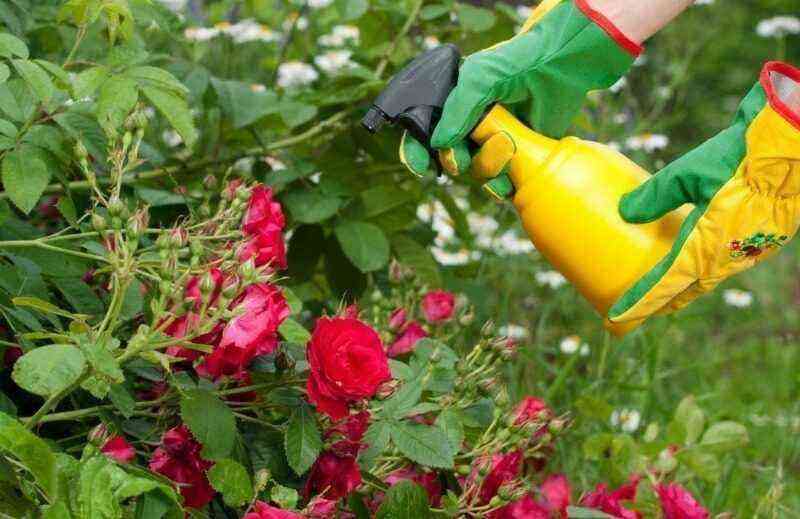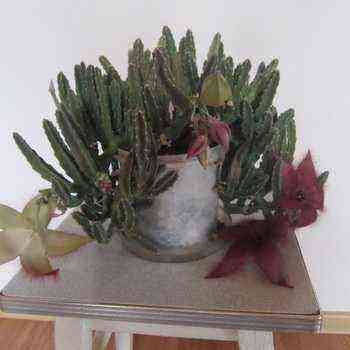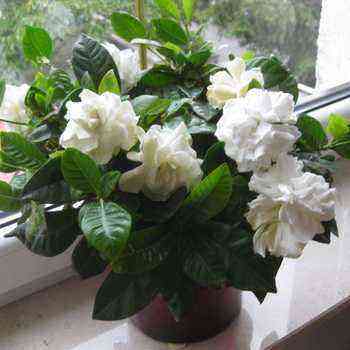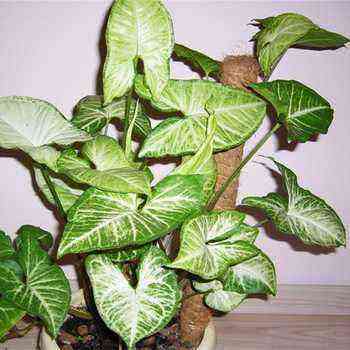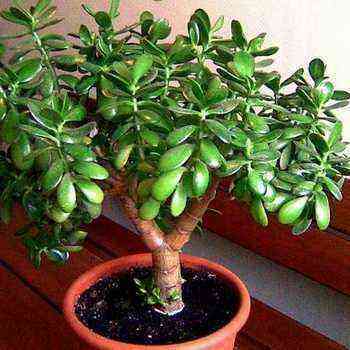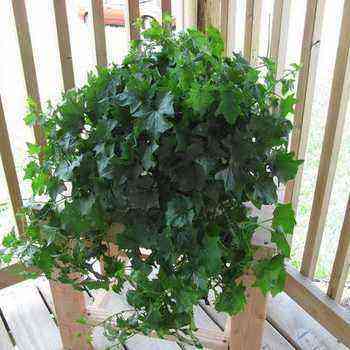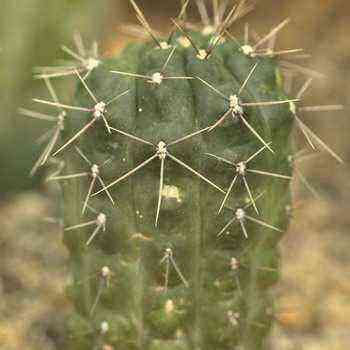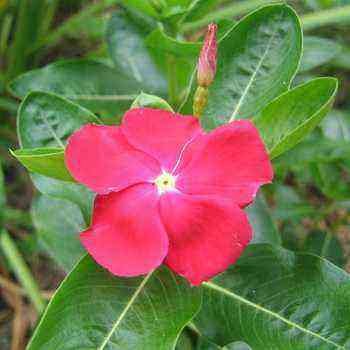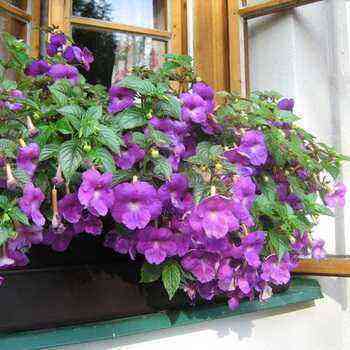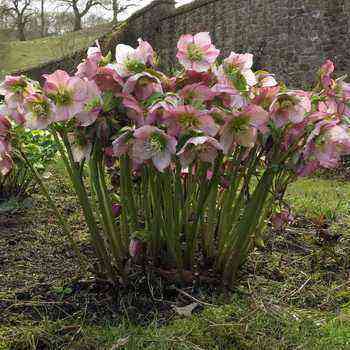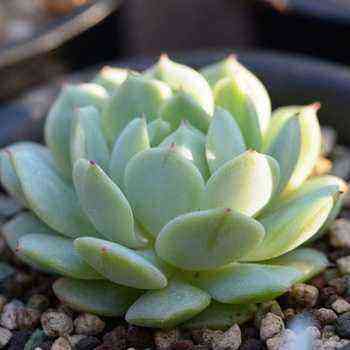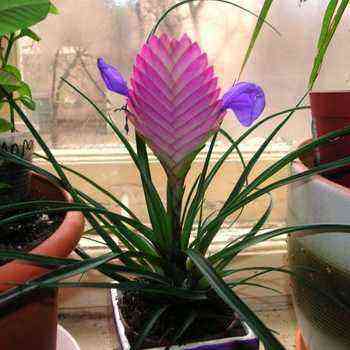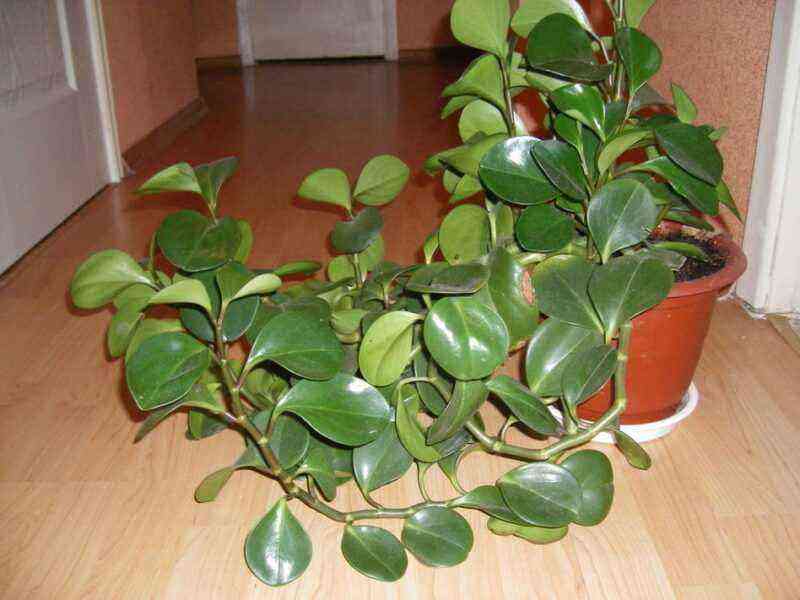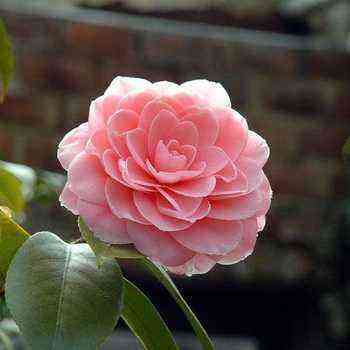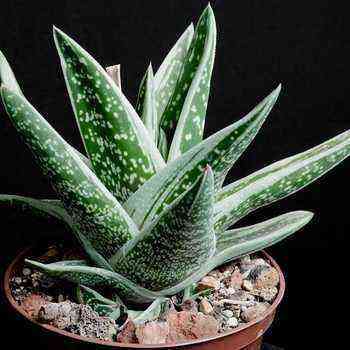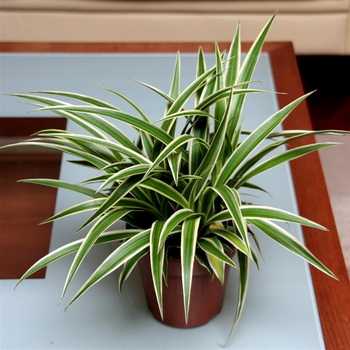 Indoor flowers chlorophytums are one of the best room ozonizers. In the rooms where there is this ampelous culture, there is much less dust and pathogenic microbes, and the atmosphere is generally more favorable. Plus, thanks to the very attractive description of chlorophytums, they are successfully used as decorative cascading plants, placing them on high stands or in hanging pots.
Indoor flowers chlorophytums are one of the best room ozonizers. In the rooms where there is this ampelous culture, there is much less dust and pathogenic microbes, and the atmosphere is generally more favorable. Plus, thanks to the very attractive description of chlorophytums, they are successfully used as decorative cascading plants, placing them on high stands or in hanging pots.
The house plant chlorophytum (Chlorophytum) belongs to the Anterikov family. Homeland – South Africa.
The genus includes about 220 species native to tropical, South Africa and Australia. This plant is often called the “Flying Dutchman” or “green lily”.
Chlorophytum is a perennial herb with yellow-green or variegated linear leaves 30-40 cm long, collected in a basal rosette. A strip of white or beige runs along each leaf.
One of the features of chlorophytums is the ability to fight harmful organisms and microbes. Experiments have shown that this plant kills 80% of harmful microorganisms within a day.
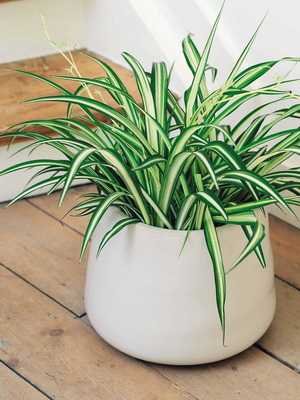
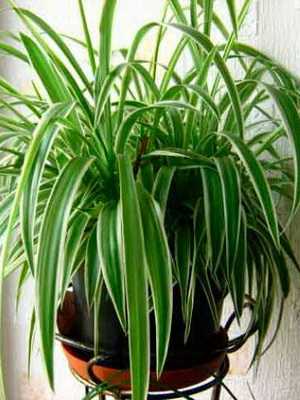
This is a completely unique plant that is essential in every home. Some time ago, the Americans wanted to use it as a universal air filter on submarines and spaceships. In a kitchen with a gas stove, you must have at least four large specimens to create positive energy. Also, the benefit of chlorophytum lies in the fact that this plant supports human activity and helps to improve his learning ability.
Look at the photo – chlorophytum indoor plants are especially attractive with long peduncles, on which flowers appear, and then tiny rosettes with leaves and aerial roots:

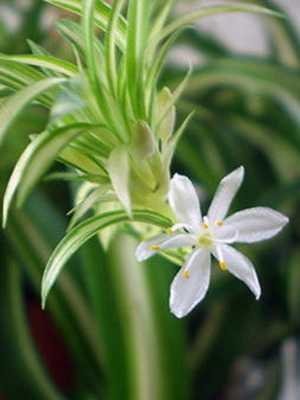
What chlorophytums of different types look like: photos and names
The most popular are:

Chlorophytum crested (Ch. Comosum)
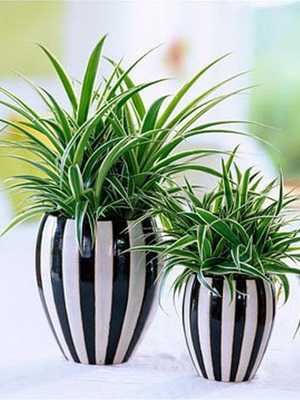
Chlorophytum crested “Variegatum” (Ch. Comosum “Variegatum”)
Chlorophytum crested – perennial, herbaceous, ornamental plant with a bunch of succulent thickened roots. Leaves are basal, petiolate, linear, up to 40 cm long and up to 2,5 cm wide, arcuate, collected in a rosette. Peduncles (appear from the middle of the outlet) are rounded, up to 60 cm long (sometimes they grow up to 100 cm), at first with several flowers at the top; on the top and on the sides of the flowering shoots, young shoots develop – plants with roots, consisting of a bunch of leaves and roots. This type of chlorophytum has small branches. The flower shoots are hanging down. Found in South Africa.
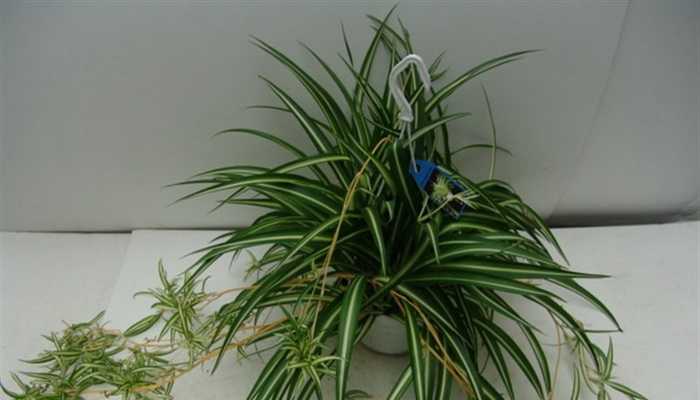
Vittatum – with a longitudinal white stripe in the middle.
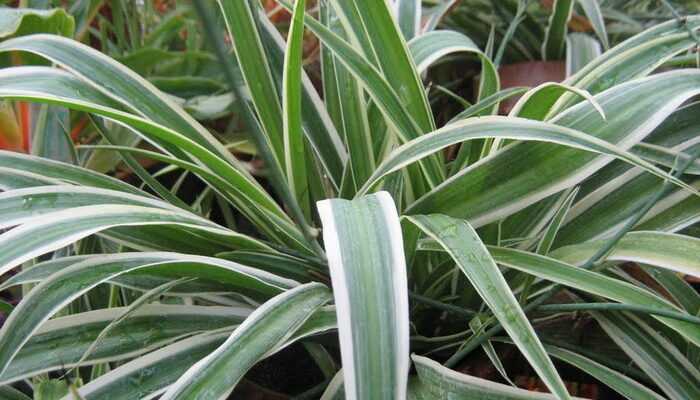
Maculatum – leaves with longitudinal yellow stripes.

Variegatum – leaves with a white stripe around the edges.
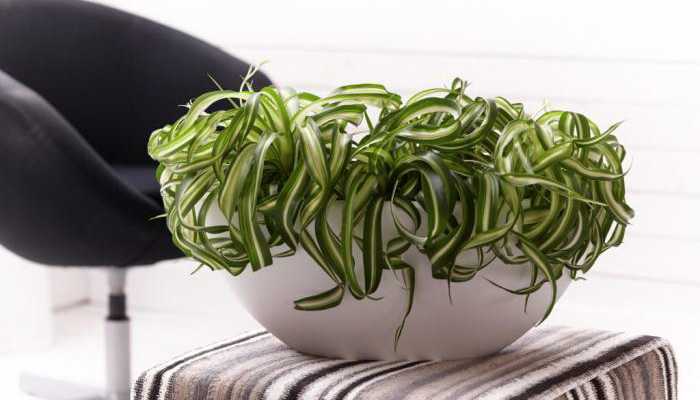
Curty Locks – with striped leaves twisted into a wide spiral.
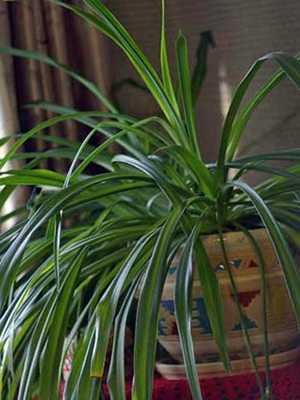
Chlorophytum Cape – Chlorophytum capense (L.) Voss.
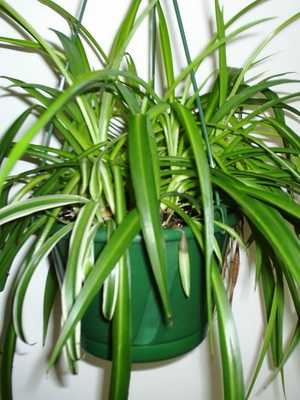
Chlorophytum high (Chlorophytum elatum (Aiton) R. Br.)
Perennial rosette plant with tuberous thickened roots. Leaves are narrow-lanceolate, linear, gradually narrowing towards the base and apex, grooved from above, from below with a mild keel, up to 60 cm long and up to 3 cm wide, light green, glabrous, collected in a basal rosette. The flowers are white, small, collected in loose brushes, on branched peduncles in the leaf axils. The fruit is a capsule. Unlike crested chlorophytum, Cape chlorophytum does not form daughter rosettes on peduncles. Found in South Africa.

Chlorophytum comosum (Clorophytum comosum; chlorophytum is a green plant, comosum is a bundle) from the lily family.
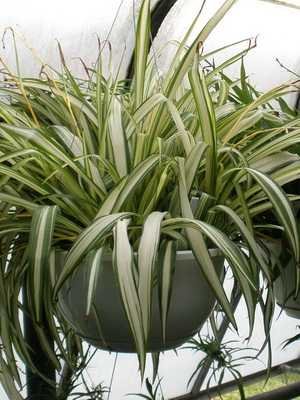

Often on the windows you can see pots suspended by laces. Lines up to one and a half meters long hang from such a pot, on which there are bundles of narrow linear leaves. This is chlorophytum comosum. Chlorophytum’s roots are white, swollen like cones, and very juicy. The birthplace of this plant is the Cape of Good Hope, where it grows like an epiphyte on the bark of trees. When there is little moisture in the air and in the bark of the host tree during drought, chlorophytum lives off the moisture reserves in the roots.
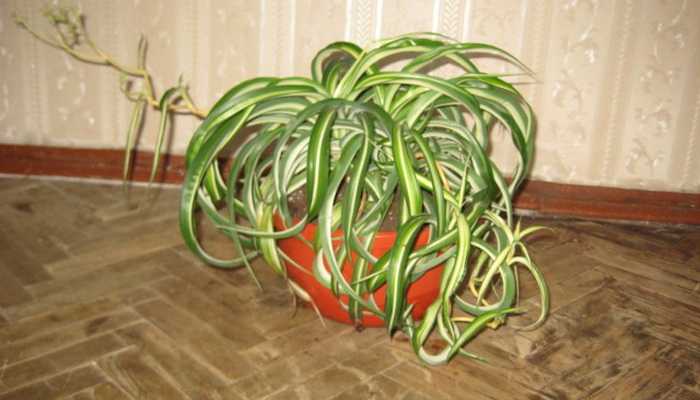
Especially handsome variegated chlorophytum – with white-yellow longitudinal stripes on the leaves.
These photos show the types of chlorophytums, the names of which are given above:
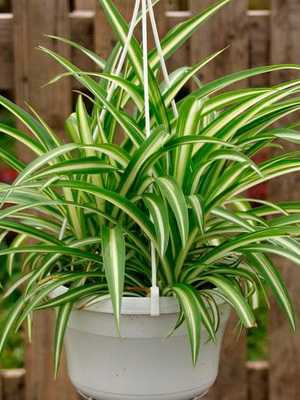
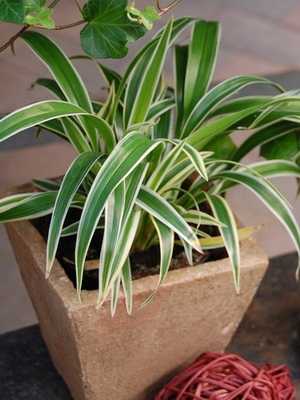
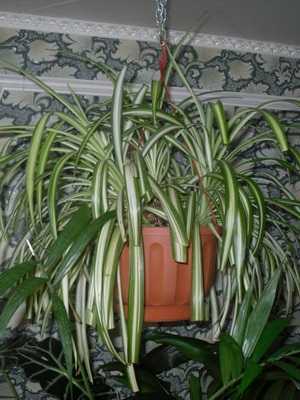
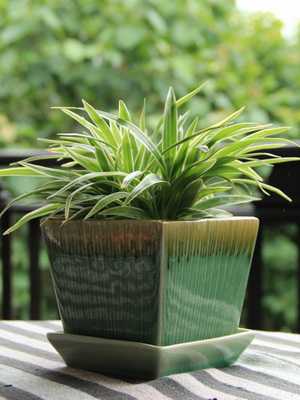
If you find these plants from the Cape Land of South Africa, draw up passports on them and group them on one window.
Next, you will learn how to care for chlorophytums at home and how to propagate these plants.
Care and cultivation of indoor plant chlorophytum (with photo and video)
Chlorophytum is a light-loving plant, especially its variegated forms. In the summer, he needs a little shading from the midday sun. It can be attributed to both light-loving and shade-tolerant plants, but in the shade of variegated forms, the bright color of the leaves is lost. For several hours a day, it transfers direct sunlight.
It tolerates a fairly wide range of temperatures. In the summer, when caring for chlorophytum at home, the flower can be taken out into the open air, but it should be positioned so that the place where it stands is protected from wind and rain. The optimum temperature for growth and development is + 18–20 °. In winter, the temperature in the room can be in the range of 10-12 ° C, maybe even higher.
An earthen mixture of the following composition is used: sod land – 1 hour, humus – 1 hour, leaf – 1 hour, sand – 1/2 hour. You can use a commercially available universal soil for indoor plants.
The tips of the leaves turn brown (turn brown) when there is a lack of nutrition, or too low humidity. With abundant watering and low temperatures, brown spots on the leaves and various leaf and root rot are observed.
Indoors, pests are relatively rarely affected, but they can harm scale insects and mealybugs.
In dry air, thrips appear. The plant does not tolerate sharp fluctuations in temperature, with insufficient lighting, the leaves become pale.
Watch the Chlorophytum Care video for a better understanding of how to grow this crop:
How to care for a chlorophytum plant at home
It is watered abundantly from spring to autumn, since chlorophytum needs a lot of moisture during the growing season. With a lack of water, the roots thicken strongly tuberous. In autumn and winter, watering is reduced, but make sure that the substrate does not dry out between waterings. Chlorophytum responds well to regular spraying of the leaves.
Watering is abundant and frequent, in winter – once a week. It’s okay if you forget to water it – the thick roots contain a supply of water.
Daily spraying is recommended in summer, once or twice a week in winter.


During the period of intensive growing season, fertilizing with organic and full mineral fertilizers is carried out alternately every 2 weeks, in winter – once a month. In summer, the plant is fed with full mineral fertilizer.
After braiding a lump of earth with roots, they are transferred into large pots. Young plants are transplanted annually in February-March, adults – once every 2-3 years. The roots of chlorophytum grow strongly, so it is necessary to take wide bowls.
How to propagate chlorophytum with rosettes
Reproduction of chlorophytum is carried out by rosettes formed on the peduncles and seeds.
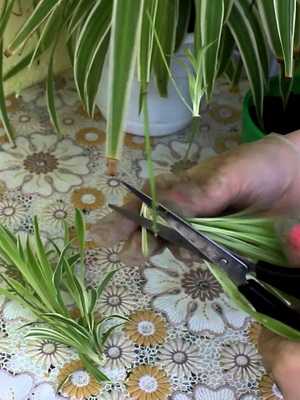

Before propagating chlorophytum by offspring – (rosettes of leaves with roots), they are separated and planted in pots (it is advisable to use wide containers or bowls).
If the roots of the daughter rosettes have not developed, you can cut the rosette and put it in a glass jar of water until the roots reach 2,5 cm. Then plant it in a pot.
Practically propagated throughout the year, but usually the separation of young plants from maternal plants is carried out in late spring and summer, when young plants are formed on flowering shoots, preferably from 2-3-year-old mother plants. It is advisable to keep mother plants at a temperature of + 12-15 ° C (at a higher temperature, loose and weaker bundles of leaves with young roots are formed). It also reproduces easily by dividing a large plant.
When growing chlorophytums, several pots of soil are placed next to the pot (a mixture of meadow, leaf and humus soil and part of the sand). Lashes are stretched into these pots, and each plant (a bunch of leaves with roots) is planted in a pot. When the plants are hardened, the lashes are cut from the mother plant.
It can also be propagated by seeds in spring, which germinate within 20–3 weeks under favorable conditions and at temperatures not lower than + 6 ° C.
